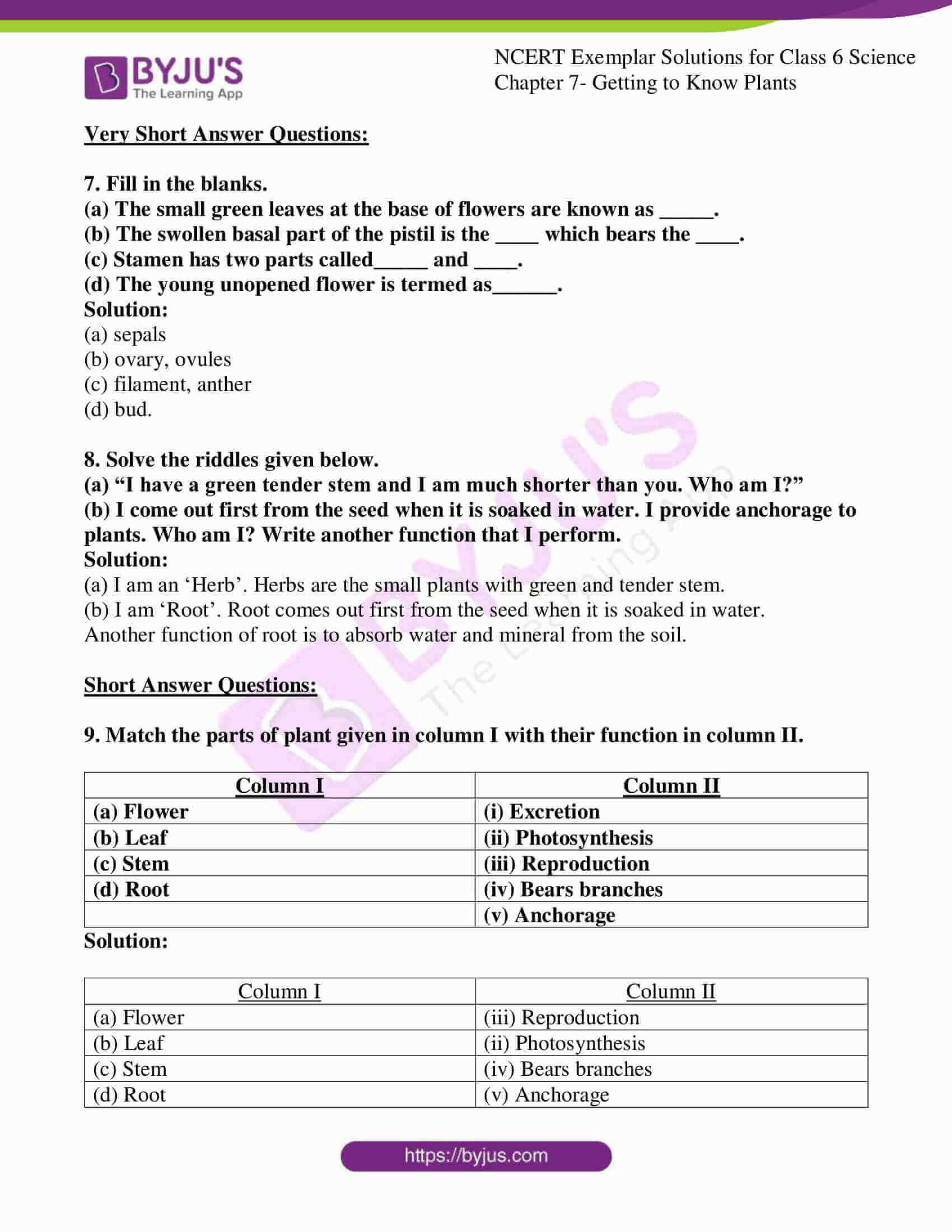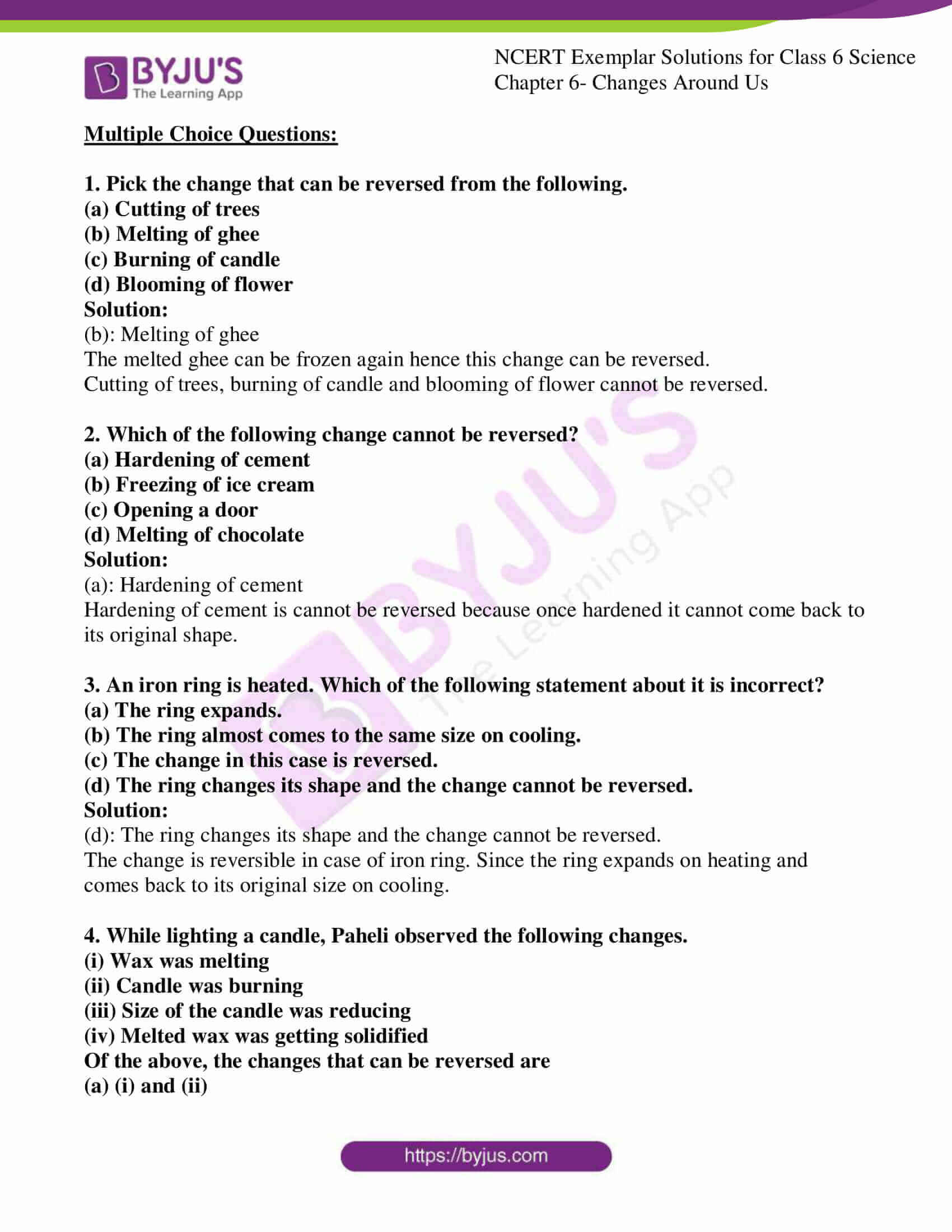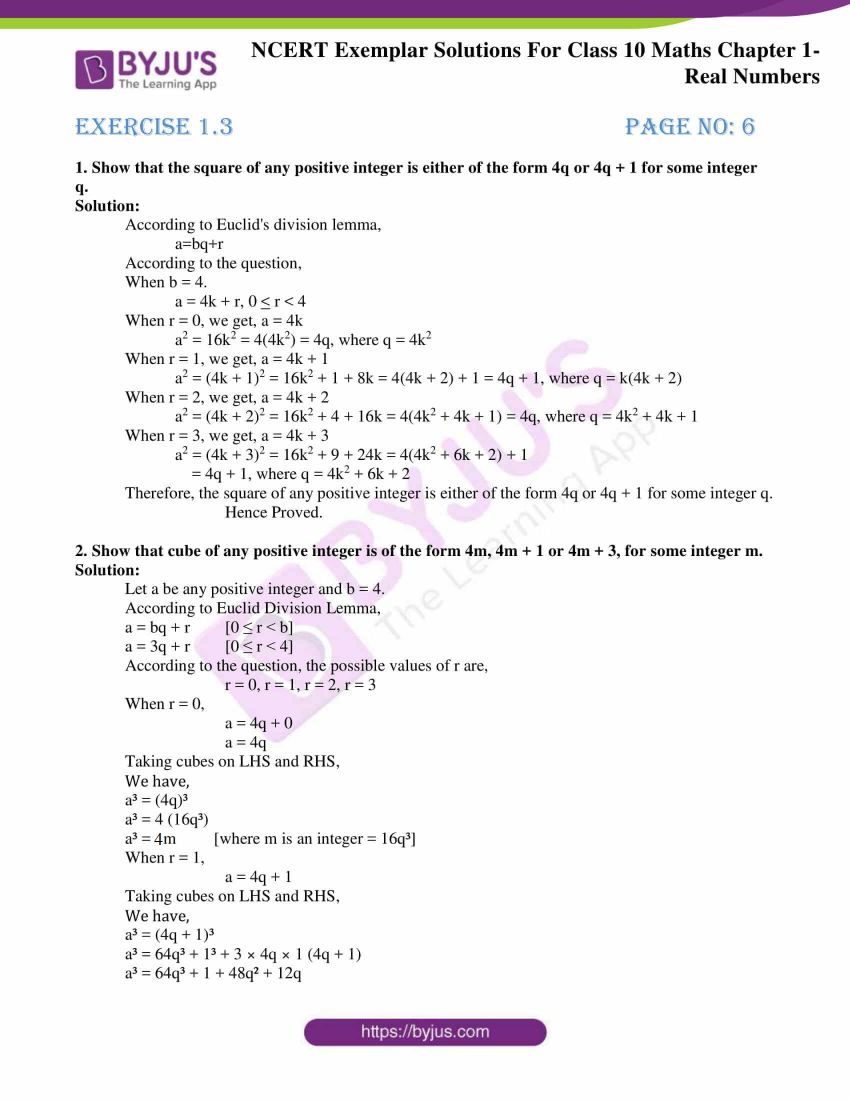
Access free pdf of NCERT Exemplar Solutions for Class 6 Science Chapter 14 Water
Answer. (i)Arteries: They carry blood away from the heart to various organs of the body. (ii) Veins: They collect the blood from different organs and bring it back to the heart. (iii) Capillaries: Exchanges of material between the blood and surrounding cells takes place across the thin walls of capillaries. Q14.

case study questions class 6 science chapter 4
You can refer to NCERT Solutions for Class 6 Science Chapter 10 Motion and Measurement of Distances to revise the concepts in the syllabus effectively and improve your chances of securing high marks in your board exams. Motion and Measurement of Distances Class 6 MCQs Questions with Answers Choose the correct option in the following questions:

NCERT Book Class 6 Science Chapter 10 Motion and Measurements of Distances AglaSem Schools
1. Define measurement. Answer: It is the comparison of an unknown quantity with some known quantity of the same kind. 2. Define metre. Answer: Metre is the standard unit for measuring length. 3. If you are sitting in a moving car, are you at rest or in motion? Explain. Answer: You are at rest because you are not moving with respect to the car. 4.

Ncert Cbse Class 6 Science Worksheets Worksheetpedia
Answer Question 3. The act of determining, size, capacity or quantity of an object is called (a) units (b) measurement (c) pace (d) motion Answer Question 4. Which of the following is an ancient method for measurement? (a) Cubit (b) Ruler (c) Measuring tape (d) Measuring rod Answer Question 5. The length of the outstretched arms is called

NCERT Exemplar Solutions for Class 6 Science Chapter 12 Electricity and Circuits free pdf
Extra questions for all chapters of Class 6 Science are provided here with free PDF download. These extra questions are totally based on the NCERT Science Textbook and are designed to help students brush up the important concepts.

Cbse Class 10 Science Mcqs On Chapter 6 Life Processes With Answers kulturaupice
The 10th chapter of the Class 6 Science syllabus is about motion and the measurement of distance. Here, the students will need the assistance of Class 6 Science Chapter 10 Important Questions apart from the exercise questions to build their knowledge.

NCERT Solutions for Class 6 Science Chapter 10 Arinjay Academy
Answer: The loss of water in the form of vapour from the aerial parts of the plant is known as transpiration. Question 5. What is osmoregulation? [CBSE 2006] Answer: The maintenance of optimum concentration of water and salts (electrolytes) in the body fluids is called as osmoregulation. Question 6.

NCERT Solutions for Class 6 Science Chapter 10 Motion and Measurement of Distances
NCERT Extra Questions for Class 6 Science Chapter 10 Motion and Measurement of Distances Story of transport Question 1. Name the invention which made a great change in modes of transport. Answer: Invention of wheel. Question 2. Which power was used to pull vehicles in ancient times? Answer: Animals were used to pull vehicles in ancient times.

NCERT Exemplar Solutions for Class 6 Science Chapter 10 Motion and Measurement of Distances
Class 10 Science Chapter 6 Extra Questions and Answers Life Processes Extra Questions for Class 10 Science Chapter 6 Life Processes with Answers Solutions Life Processes Extra Questions Very Short Answer Type Question 1. Why is energy required by an organism even during sleep? Answer:

NCERT Book Class 6 Science Chapter 10 Motion and Measurements of Distances
Ans: Life processes are important for healthy living. Life processes such as respiration, digestion, absorption, assimilation, and excretion are vital for all living organisms. The processes may differ from one organism to another. Students of Class 10 science will learn about the different life processes in Chapter 6.

Class 6 Science Chapter 10 NCERT Motion and Measurement of Distances YouTube
Extra Questions for Class 10 Science Chapter 6 Life Processes According to new CBSE Exam Pattern, MCQ Questions for Class 10 Science pdf Carries 20 Marks. Topics and Subtopics in NCERT Solutions for Class 10 Science Chapter 6 Life Processes: Question-1 Define nutrition? What are the different modes of nutrition? Solution:

NCERT Solutions for Class 6 Science Chapter 10 YouTube
CBSE Chapter Wise Important Questions for Class 10 Science Term 2 Board Exam 2022-23 Pdf free download was designed by expert teachers from latest edition of NCERT books to get good marks in board exams.. We have provided Important Extra questions for class 10 Science (Physics, Chemistry, and Biology) & Class 10 Science Term 2 Important.

science for class 6 science worksheets science questions reflective essay examples class 6
The sets of important Extra Questions include long questions, short question and very short questions with answers. Practice these questions to score a better mark in school tests or exams 2023-24. Class 6 Science Chapter 10 Important Questions for 2023-24

Mcq Questions For Cbse Class 10 Science With Answers Free Pdf Download 12 Maths Chapterwise
Get extra questions for Class 10 Science Chapter 6 Life Processes with PDF. Our subject expert prepared these solutions as per the latest NCERT textbook. These extra questions will be helpful to revise the important topics and concepts. You can easily download all the questions and answers in PDF format from our app.

Ncert Class 10 Maths Chapter 1 Sample Paper Example Papers Riset
The CBSE Class 6 Science NCERT Solutions contains a total of 16 chapters. The answers to all these chapters are provided in the links mentioned below: Chapter 1 Components of Food. Chapter 2 Sorting Materials into Groups. Chapter 3 Separation of Substances. Chapter 4 Getting to Know Plants. Chapter 5 Body Movements.

Ncert Exemplar Solutions For Class 6 Science Chapter 5 Separation Of
Q.22. Name the process in plants where water is lost as water vapour. Answer. Transpiration is the process when plants loose water as vapour. Q.23. Name the green dot like structures in some cells observed by a student when a leaf peel was viewed under a microscope.